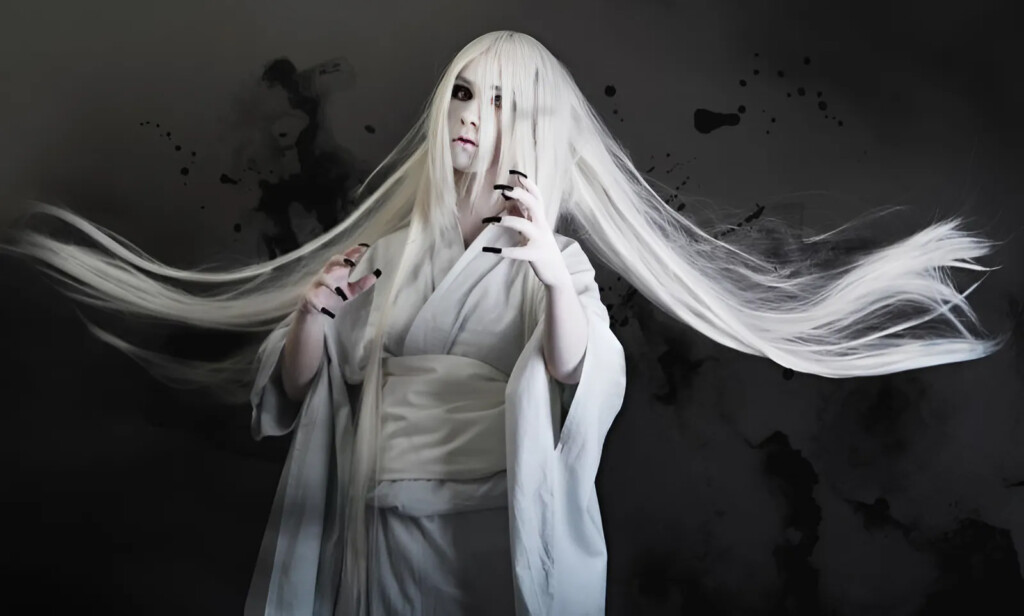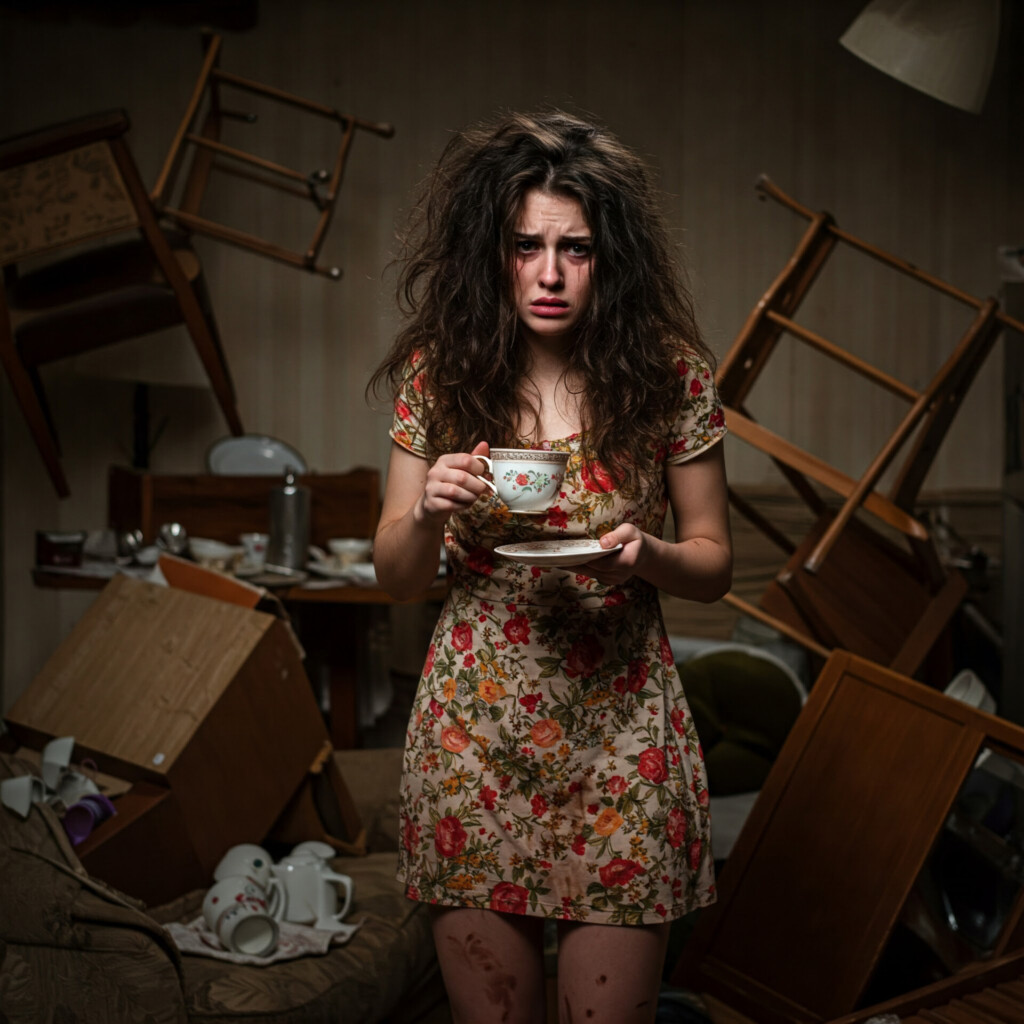Do you believe in ghosts? Hold on, don’t shake your head just yet! Strange sounds at midnight, flickering lights, or the feeling of being watched might not necessarily be signs from the other side. Before jumping into supernatural theories, let’s explore the science behind these ghostly phenomena!

Debunking Common Ghost Myths
#1: Ghosts Only Appear in Dark, Spooky Places? 😱
Fact: Ghosts can appear anywhere, even in well-lit rooms.
Science: Pareidolia – the phenomenon where our brain sees familiar images (like faces) in random stimuli – explains why we often “see ghosts” in the dark. Studies from the University of British Columbia (2009) and Lund University (2024) confirm this.
Pro Tip: If you see someone in the dark, it might just be your brain playing tricks, creating an imaginary figure behind the tree!
#2: Ghosts Scare Other Ghosts? 👻👻
Fact: Ghosts don’t have “rivals” in their world because they aren’t real, just products of our imagination.
Science: These stories are often rooted in human imagination or folklore, with no scientific evidence to support the existence of supernatural beings.
#3: Seeing a Ghost Brings Bad Luck 🚫

Fact: Encountering a “ghost” may simply be a sign of stress, fatigue, or even sleep paralysis.
Science: A study from the University of Pennsylvania (2011) found that 8% of people experience sleep paralysis, often with vivid hallucinations mistaken for ghost encounters. You might “meet a ghost” just because your brain is playing tricks!
Advice: If you see a ghost, just sleep a little longer—it might just be a morning nightmare!
#4: Spirit Boards Summon Ghosts?
Fact: Ouija boards and spirit calling sessions are simply games with no ghosts involved.
Science: The ideomotor effect – unconscious body movements – is why objects move. With group psychology and suggestion, we often believe in “real” supernatural experiences during these events.
#5: Horror Movies Are Real?
Fact: Horror movies are simply products of creativity and technology.
Science: The eerie sounds and spooky visuals in films trigger a fear response in our bodies, but they are entirely fictional, created with special effects and technology.
The Science Behind Ghostly Experiences
Pareidolia:
When our eyes see familiar patterns (like faces) in random objects, we might imagine “ghostly” images, even in the most ordinary things.
Sleep Paralysis:
When the brain wakes up before the body, it can cause vivid, often terrifying hallucinations, sometimes involving ghosts. This explains why many people report “seeing ghosts” during these episodes.
Environmental Factors:
Low light, strange sounds, and old buildings can mess with our senses, making us “see ghosts” where there’s really nothing there.
Ghosts or Your Mind?
Whether you believe in ghosts or not, science offers reasonable explanations for most “supernatural” experiences. Instead of fearing the unknown, focus on understanding the world around you and diving deeper into your own mind. After all, the scariest ghosts might not be the ones we imagine, but the “ghosts” in our own minds! 👻
